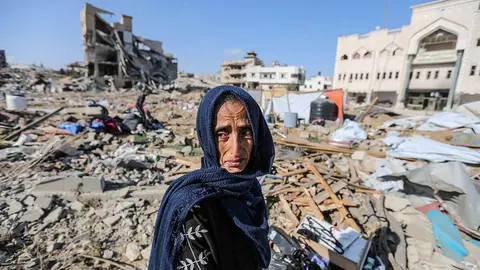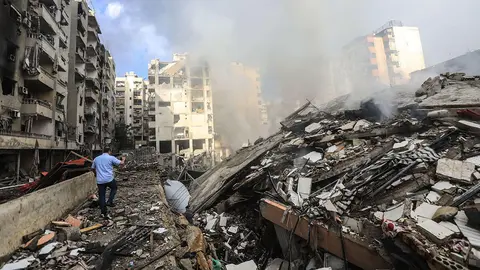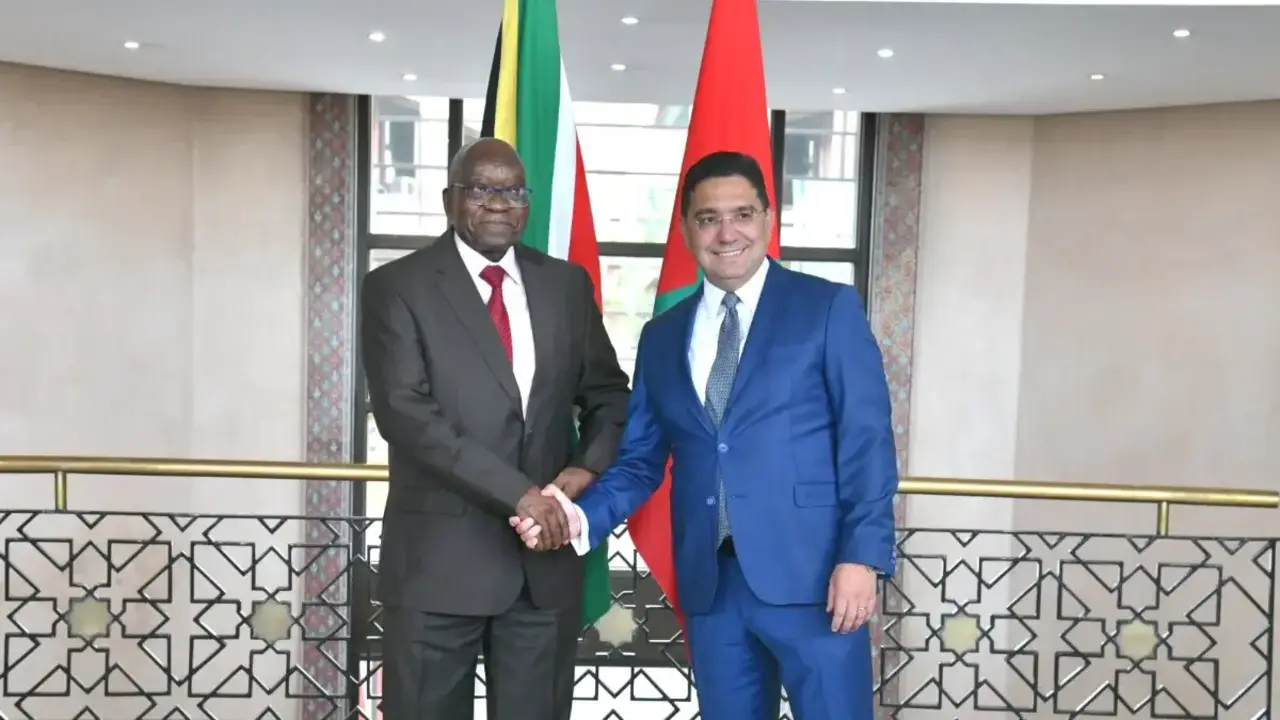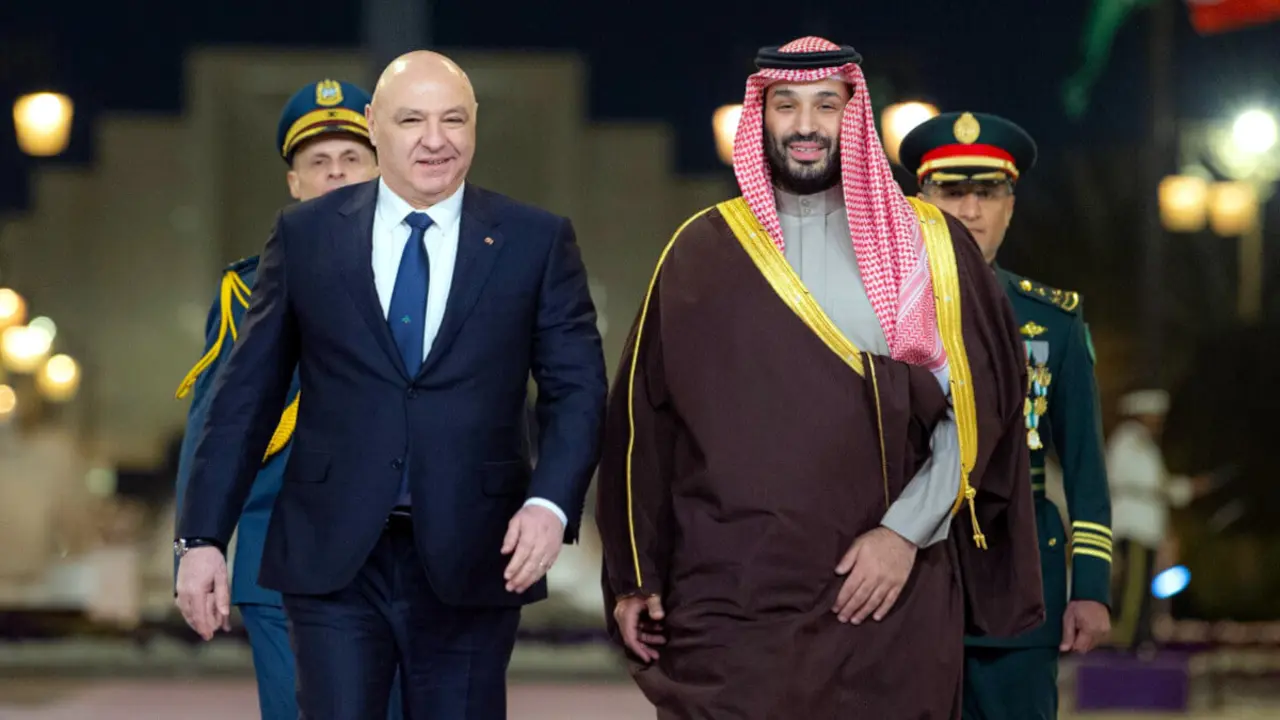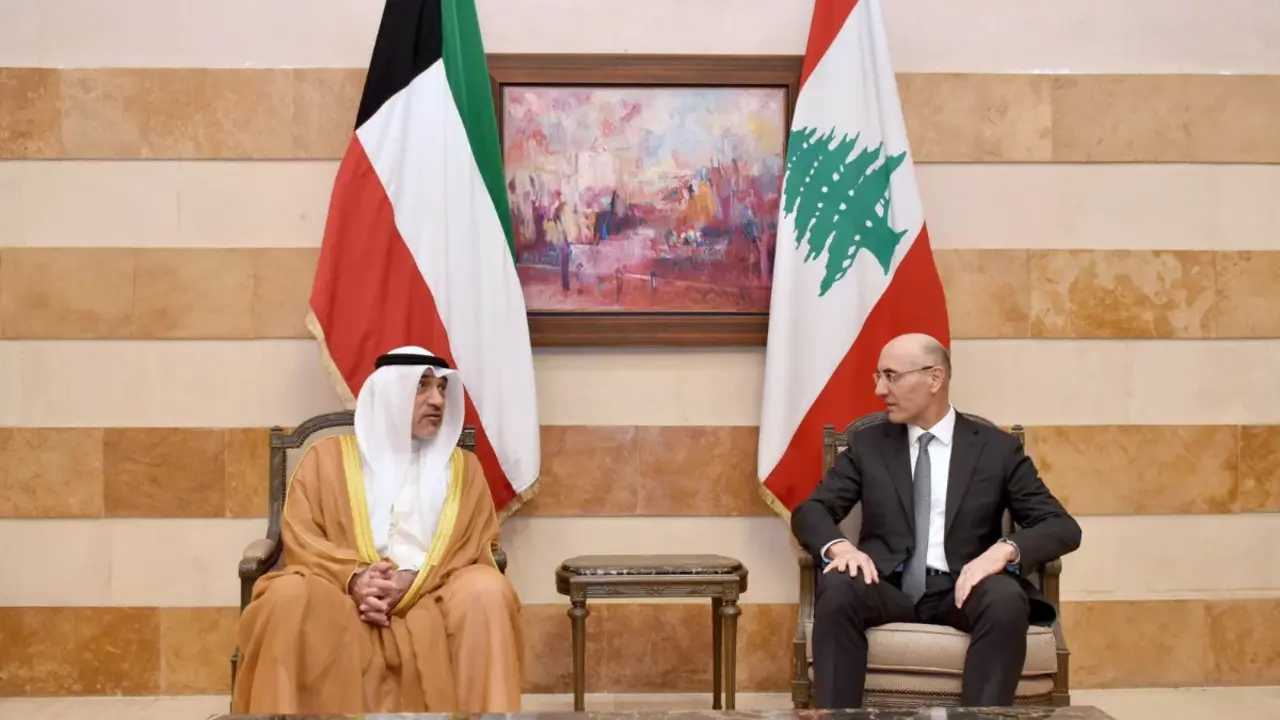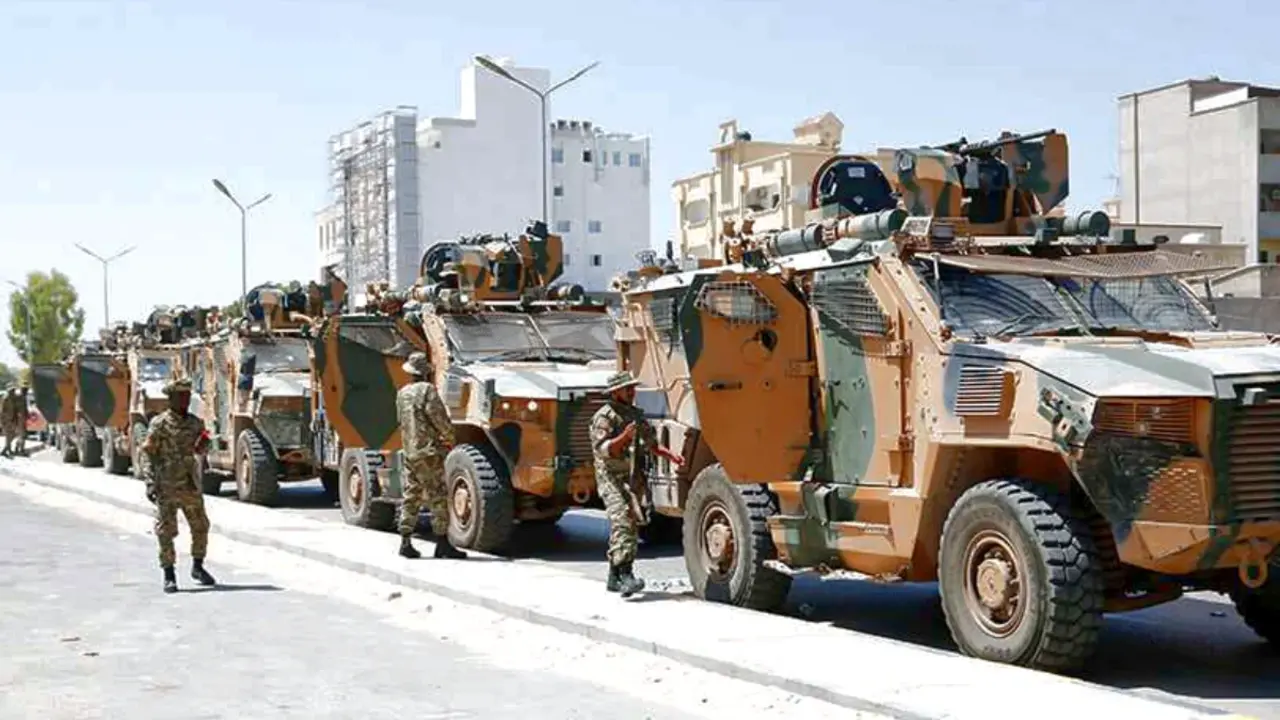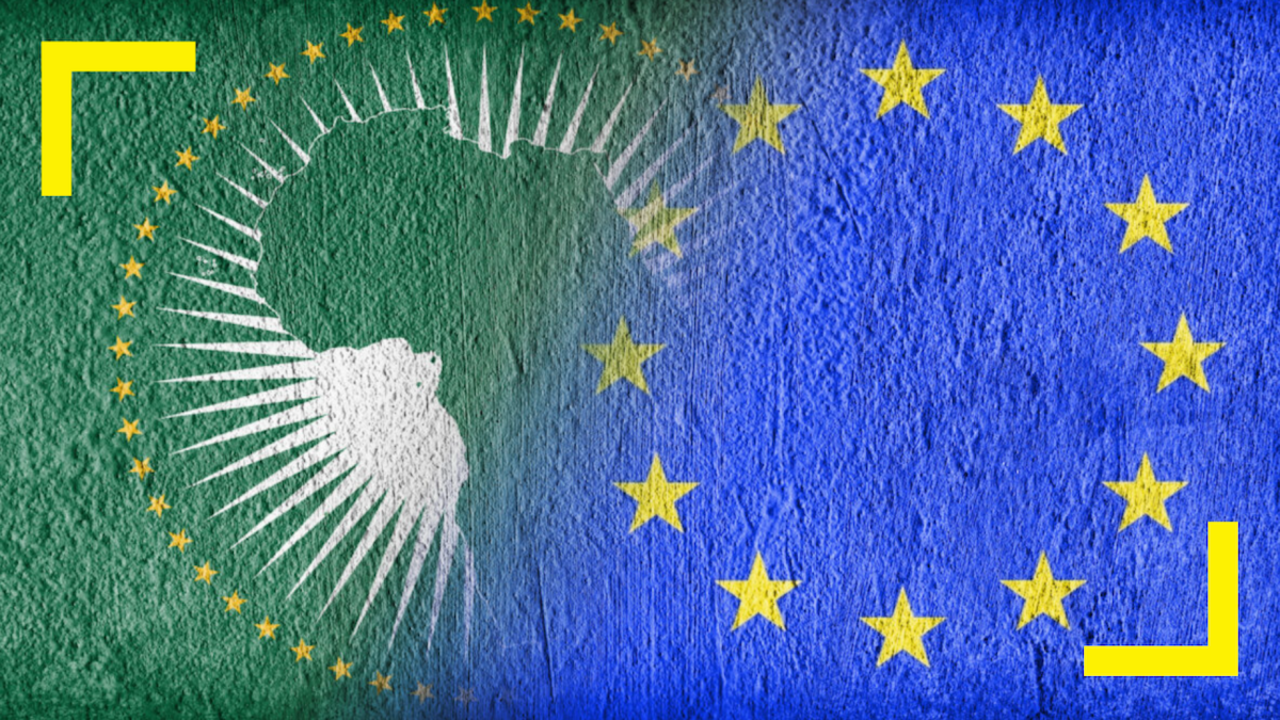Israel suffers worst attack since operation against Hezbollah began
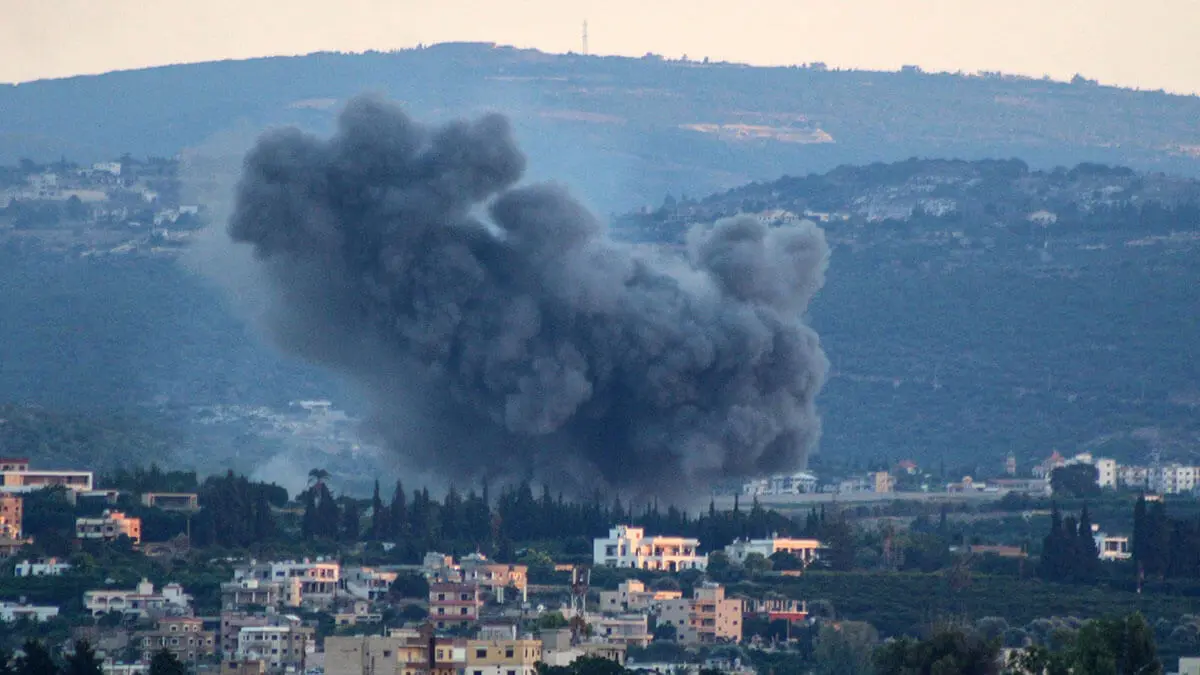
- Israel calls on the UN to withdraw its peacekeepers from the ‘danger zone’
- US sends THAAD missile system to Israel
A drone launched by Hezbollah has hit a military base in northern Israel, leaving four dead and more than 60 injured, some of them seriously. The Islamic Republic of Iran-backed Lebanese Shiite militia has claimed responsibility for the attack, saying it was carried out in response to Israeli attacks in Lebanon, especially in Beirut.
This attack, which comes as Operation Northern Arrows enters its third week, highlights the threat that Hizbollah continues to pose to Israel, despite the terrorist group's recent defeats.
The latest assessment in #Israel is that the attack on Binyamina tonight which killed four and wounded many more was carried out using a Mirsad-1 drone, which is based on #Iran's regime's Ababil drones. These drones are manufactured by HESA--the same company which is involved in… pic.twitter.com/aq1h8BKwq1
— Jason Brodsky (@JasonMBrodsky) October 13, 2024
This attack also again reflects the great threat posed by drone strikes. This weekend, during Yom Kippur - Judaism's holiest day - a drone also launched by Hezbollah struck an old people's home in Herzliya, while another Houthi drone killed a man in Tel Aviv this summer. The main problem with such weapons is that, although they are often detected, they are not always intercepted or are not intercepted quickly enough.
To carry out this attack, Hezbollah launched two Iranian-made UAVs that infiltrated Israeli airspace from Lebanon across the sea. One was intercepted by air defence systems after alarms were sounded in the cities of Acre and Nahariya. However, the other managed to maintain its trajectory and explode in the Binyamina area without setting off the alarm.
The Israeli military announced the deaths of Sergeant Omri Tamari, aged 19, Sergeant Yosef Hieb, aged 19, Sergeant Yoav Agmon, aged 19 and Sergeant Alon Amitay, aged 19. The four soldiers fell during the Hezbollah UAV attack at the Golani Brigade training base on Sunday. pic.twitter.com/fr9EPFRXnp
— Joe Truzman (@JoeTruzman) October 14, 2024
As reported by Ynet, the drones used, Sayyad 107, have a flight range of about 100 kilometres and a wingspan of between 1.5 and 2 metres. UAVs of this type have penetrated Israeli airspace numerous times during the war, causing damage to sites and buildings. For this reason, among the Hezbollah targets that were attacked at the beginning of the Israeli operation were several UAV depots.
#NEW: IDF Chief of Staff Herzi Halevi visited the Golani base following a deadly Hezbollah drone strike that killed four soldiers and wounded dozens.
— Israel War Room (@IsraelWarRoom) October 14, 2024
Praising the troops, he said: “We are at war, and an attack on a training base is serious with painful results. You acted… pic.twitter.com/oMQhXyDHbq
Israel calls on the UN to withdraw its peacekeepers from the ‘danger zone’
In this regard, in recent hours, the Israel Defense Forces have located hundreds of weapons - including firearms, grenades and rocket launchers aimed at Israeli territory - in underground warehouses located a short distance from bases of the UN mission for Lebanon, UNIFIL.
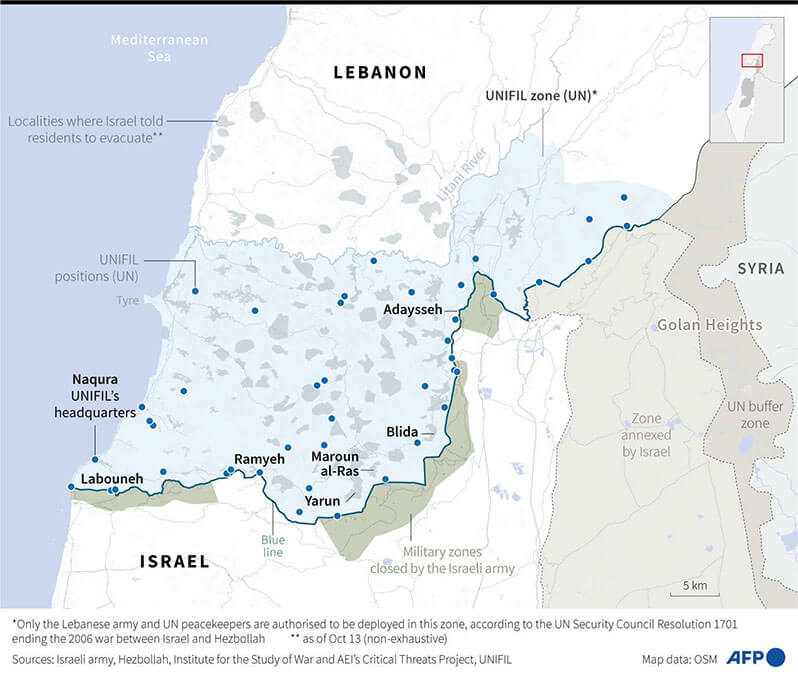
In fact, according to the Israeli army, approximately 25 rockets and missiles were launched at Israel and troops from Hizbollah terrorist compounds near UNIFIL posts in southern Lebanon over the past month. One of these attacks resulted in the death of two IDF soldiers.
UNIFIL's mandate is to ensure Hezbollah doesn't stockpile weapons. And here we find Hezbollah hiding weapons just 500 meters from a @UNIFIL_ base. pic.twitter.com/RdkaXNI2zF
— Aviva Klompas (@AvivaKlompas) October 14, 2024
Israel has again urged the UN to withdraw forces from the area immediately after five UNIFIL personnel were wounded amid fighting between Israel and Hezbollah. According to Israeli Prime Minister Benjamin Netanyahu, the presence of peacekeepers has ‘the effect of providing human shields for Hezbollah terrorists’.
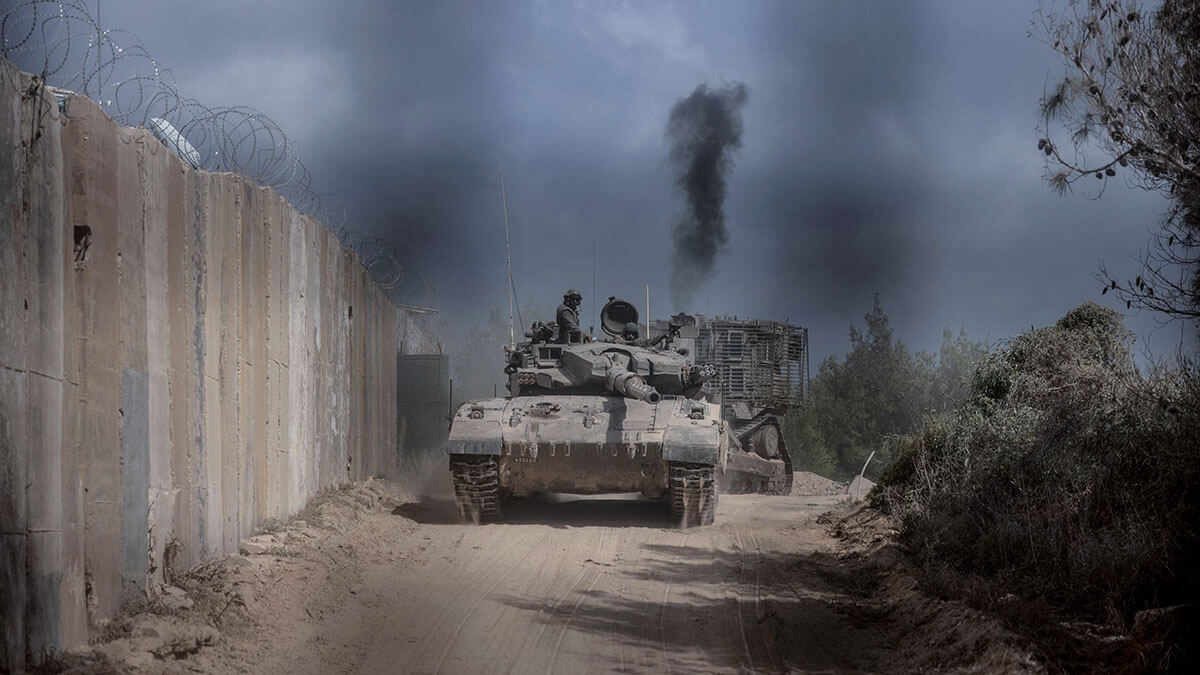
‘Their refusal to evacuate UNIFIL soldiers makes them hostages of Hezbollah, endangering both them and our soldiers,’ he said.
Israel will make every effort to prevent UNIFIL casualties and will do what it takes to win the war.
— Prime Minister of Israel (@IsraeliPM) October 13, 2024
Unfortunately, several European leaders are applying pressure in the wrong direction.
However, UNIFIL has refused to leave Lebanon, saying it is ‘important that the UN flag continues to fly high in this region and to be able to report to the Security Council’, UNIFIL spokesman Andrea Tenenti told AFP.
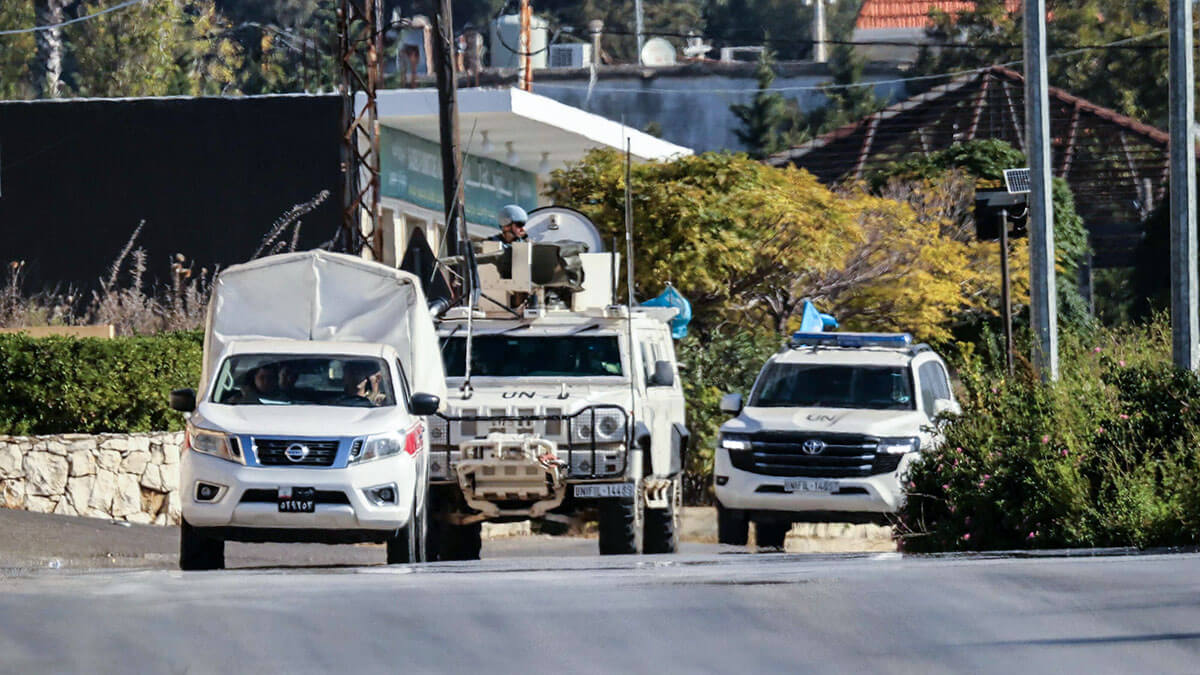
Tenenti acknowledged that Israel had asked to withdraw ‘up to five kilometres from the Blue Line’ separating the two countries as this area would become a combat area, but the peacekeepers refused.
Unbelievable: an underground Hezbollah position only 100 meters from the UNIFIL base pic.twitter.com/JgV4B5Vjhv
— איתי בלומנטל 🇮🇱 Itay Blumental (@ItayBlumental) October 13, 2024
UNIFIL is charged with monitoring the ceasefire that ended a 33-day war in 2006 between Israel and Hezbollah. One of its objectives was also to enforce the implementation of UN Resolution 1701, which prohibits Hezbollah's presence south of the Litani River, some 30 kilometres from the Israeli border.
US sends THAAD missile system to Israel
As the war between Israel and Hezbollah continues, Jerusalem and Washington are preparing for a possible new ballistic missile attack from Iran. To that end, the Pentagon has announced that the US military will deploy the sophisticated THAAD missile defence system, as well as troops to operate it, to bolster Israel's defences. The THAAD system was deployed to Israel in 2019 for a military exercise, so this is the first operational deployment, Axios reports.
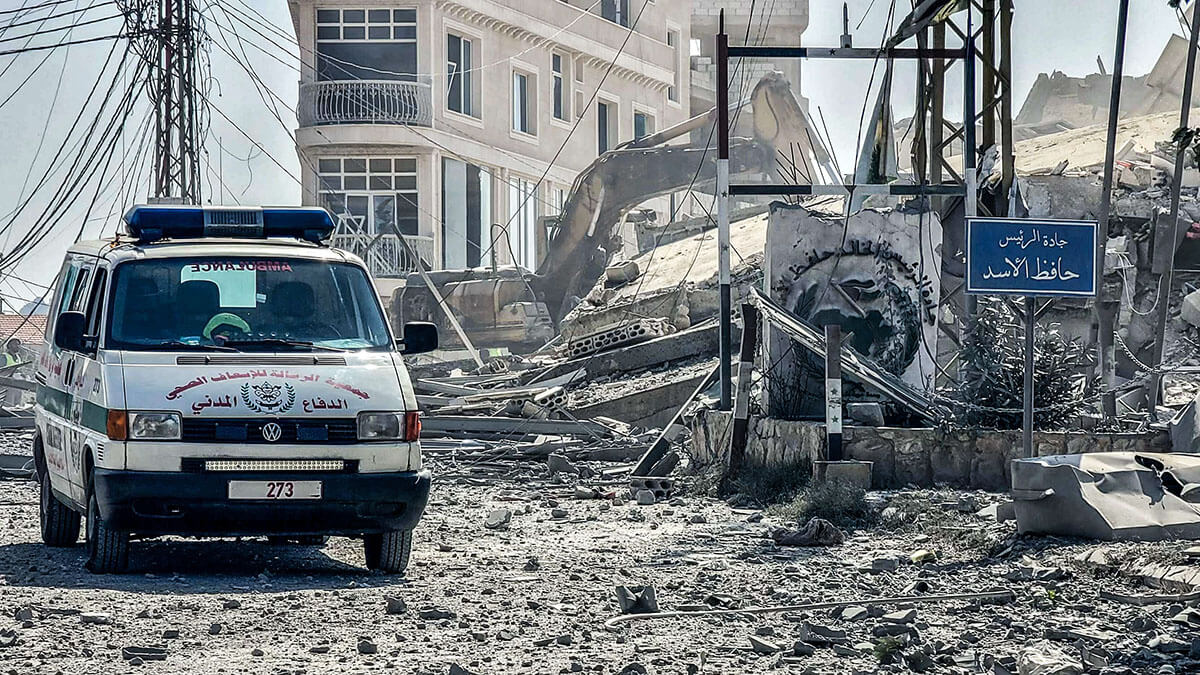
Israel has yet to make a final decision on the timing and scope of its response to the Iranian missile attack on 1 October. However, the Iranian regime has already threatened further attacks should Israel respond. As a result, the confrontation between the two is likely to continue and the US and Israel may have to work together to combat a new Iranian offensive.

